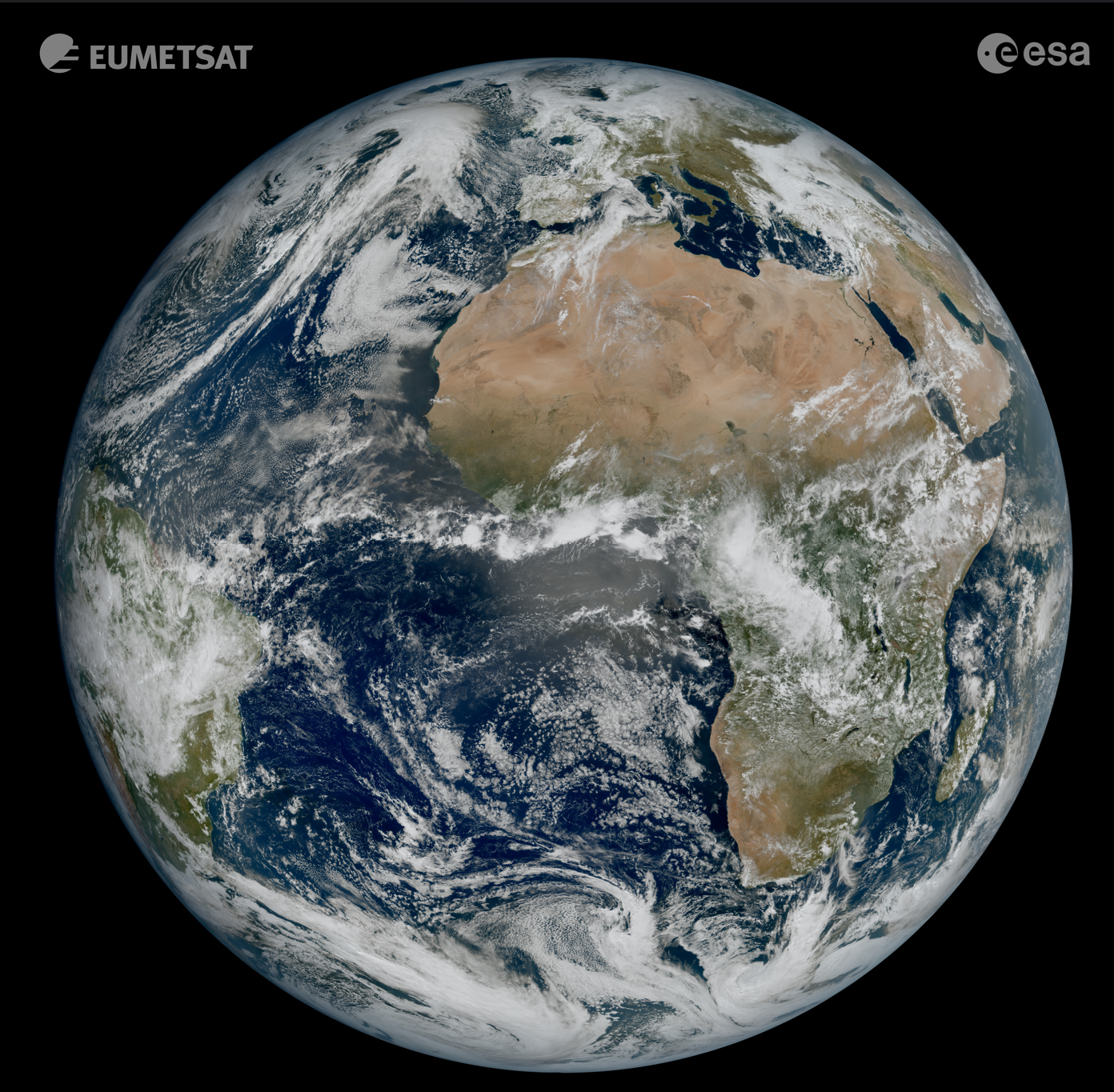Speaker
Description
The Earth’s mesosphere, especially at the altitude between 80 and 90 km, is the region where the cosmic dust and meteoroids that constantly enter the atmosphere ablate and re-condense to form nanometer-size dust particles, the so-called meteoric smoke particles (MSPs), that remain in the mesosphere and lower thermosphere for some time. The MSPs are believed to play an active role in the physical process of producing several mesospheric phenomena, such as noctilucent cloud, polar mesospheric summer echo, and probably polar mesospheric winter echo, by contributing to the formation of icy particles. However, little is known about the characteristics of MSPs including their composition and size distribution, and their incorporation in the ice particles. Even more uncertain is the role of space debris in the formation of solid, refractory particles at these altitudes.
MAXIDUSTY-2 rocket (MXD-2) was launched on 5th July 2025 with the aim of studying the mesospheric dust in relation to cosmic dust and ionospheric conditions. MXD-2 was launched from Andøya Space, Norway, to make in-situ measurements at altitudes between 70 and 110 km. During the flight three different types of dust detector onboard the rocket, DUSTY, MUDD, and SPID, performed in-situ measurements of charged dust. Other instruments measured the surrounding plasma and neutral components. In addition, a sample collection of mesospheric dust particles was attempted during the campaign with two types of sample collectors, including the newly developed MESS instrument from UiT. The instruments functioned properly, and the recovery was successful.
In this presentation, we briefly introduce MXD-2 and present some preliminary results from the measurements of the UiT dust instruments that are relevant for the studies of solid dust particles in the atmosphere. An overview of the MXD2 project and campaign will be provided later. The project is funded by ESA PRODEX, it involves research institutions from Sweden, Germany and Norway, the Mobile Rocket Base of the German Aerospace Center, and the Andøya Space Center in Norway.

